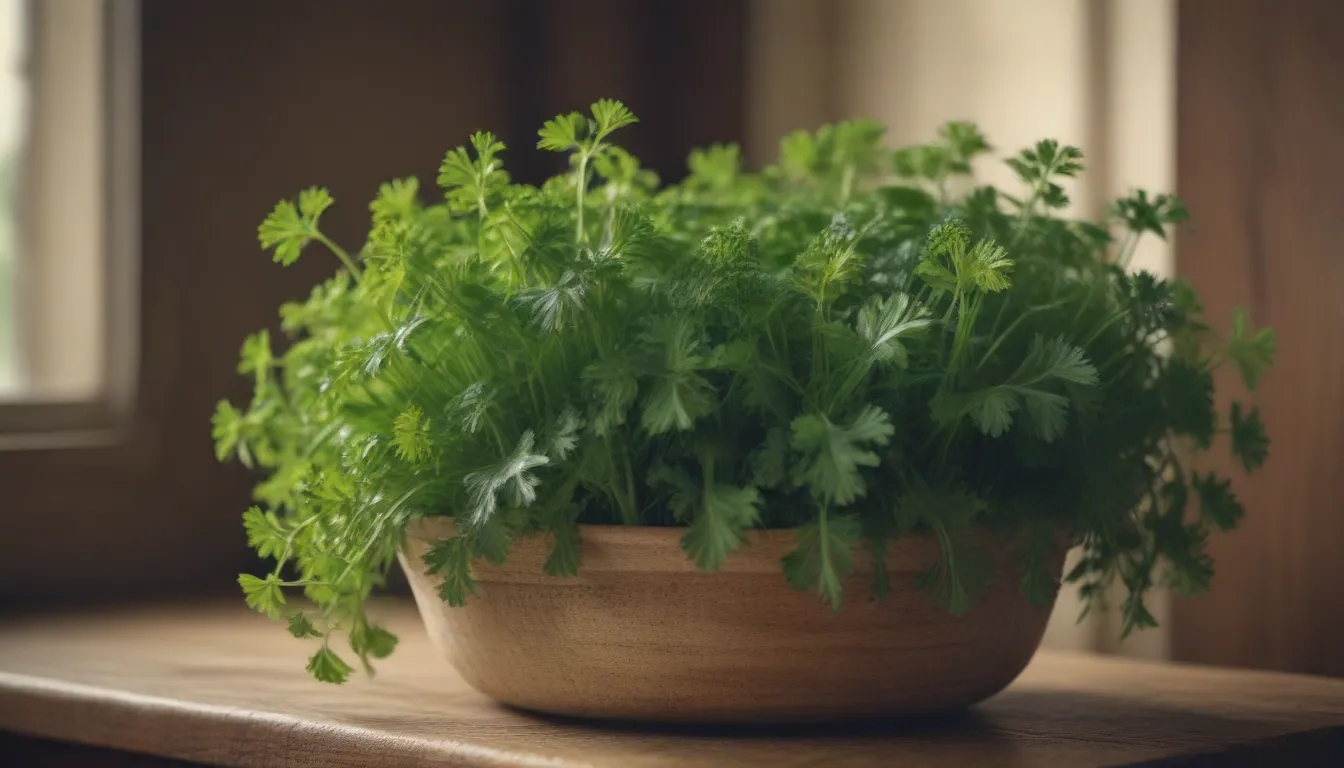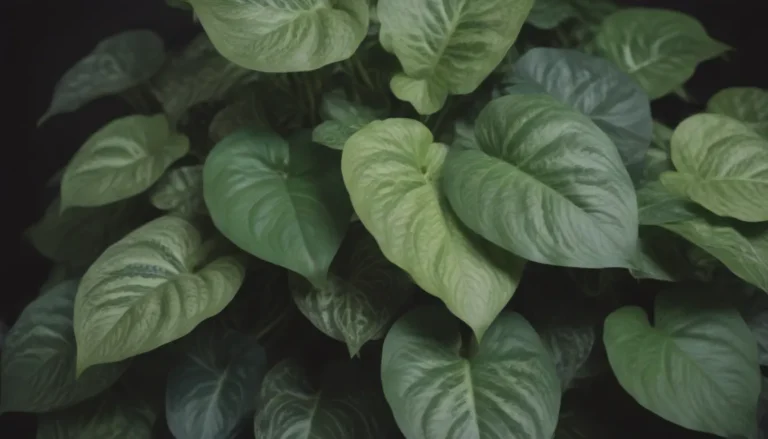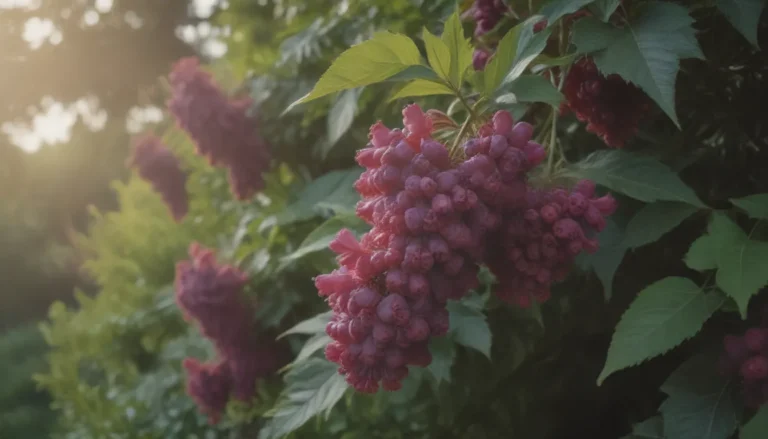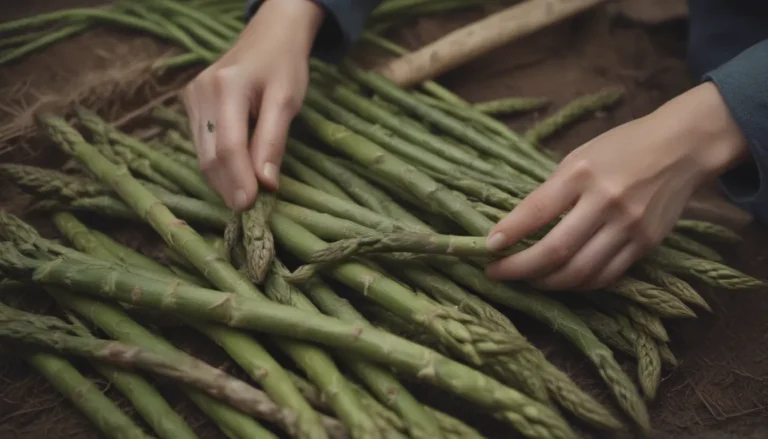The Ultimate Guide to Growing Cilantro (Coriander) Indoors

Cilantro, also known as coriander, is a versatile herb loved for its distinctive flavor in many cuisines. Growing cilantro indoors allows you to have a fresh supply on hand year-round, ensuring a steady source of this flavorful herb for your culinary creations. In this comprehensive guide, we will explore everything you need to know to successfully grow cilantro indoors, from lighting and temperature requirements to watering and harvesting tips. Let’s dive in and learn how to cultivate this aromatic herb right in the comfort of your own home!
Can You Grow Cilantro Inside?
Cilantro is a fast-growing herb that can be ready to harvest in just three to four weeks. Its adaptability makes it an ideal candidate for indoor cultivation. While cilantro does require ample light to thrive, it can be grown successfully indoors as long as you provide the necessary conditions. Let’s take a closer look at how you can grow cilantro indoors and enjoy a bountiful harvest of fresh leaves.
Sunlight
Cilantro thrives in full sunlight outdoors, but direct sunlight indoors can be too intense and may scorch the plant. To ensure optimal growth, provide your cilantro plants with six or more hours of bright, indirect light each day. East or west-facing windows are ideal for indoor cilantro, allowing the plant to receive the right amount of light without the risk of sunburn. While cilantro can tolerate lower light conditions, it will grow more slowly and may not reach its full potential.
Temperature and Humidity
Indoor temperatures around 65 to 70 degrees Fahrenheit are ideal for growing cilantro. Keep your plants away from extreme heat to prevent premature bolting, which alters the flavor of the leaves. Adequate air circulation and moderate humidity levels are essential for maintaining healthy cilantro plants. Avoid overwatering to prevent root rot and ensure good drainage to promote healthy growth.
Watering
Consistent watering is crucial for cilantro plants, as they prefer moist but not waterlogged soil. Aim to water your cilantro plants regularly, keeping the soil evenly moist. Ensure that the pots have proper drainage to prevent water from pooling at the roots. As a general rule, provide about one inch of water per week to maintain optimal growing conditions for your cilantro.
Fertilizer
If your cilantro is not planted in nutrient-rich soil, consider using a liquid fertilizer or controlled-release pellets to supplement its growth. Organic options are available for those preferring an all-natural approach. Feed your cilantro plants once a month to provide essential nutrients for healthy development and robust foliage.
Pruning and Maintenance
Regular pruning is essential to encourage bushy growth and prevent bolting in cilantro plants. Pinch back young plants by about one inch to promote branching and increase leaf production. Harvest the leaves regularly by snipping off soft stems, rotating the plant to ensure even growth. Pruning not only improves the appearance of your cilantro plant but also prolongs its harvest time.
Pollination
While cilantro is primarily grown for its leaves, pollination may be necessary if you plan to harvest coriander seeds. To assist with pollination indoors, gently shake the plant each morning to simulate natural pollination. Alternatively, consider moving the plant outdoors for a few hours to attract pollinators. By ensuring proper pollination, you can enjoy a bountiful harvest of aromatic coriander seeds.
Container and Size
Select a pot that is at least 12 inches deep and 18 inches wide to accommodate the deep roots of cilantro plants. Plastic pots are preferable for retaining moisture, helping to keep the soil consistently moist. Ensure that the pots have adequate drainage holes to prevent waterlogging, which can lead to root rot.
Potting Soil and Drainage
Cilantro thrives in well-draining soil that is light and airy. Incorporate perlite or sharp sand into the potting mix to improve drainage and prevent water retention. Use a premium potting mix specifically designed for container plants, as garden soil may compact and hinder root growth. Proper soil composition is essential for healthy cilantro plants and ensures robust growth throughout the growing season.
Potting and Repotting
Cilantro is an annual herb with a deep taproot, making it sensitive to transplanting. To minimize stress on the plant, repot it only once after bringing it home from the garden center. Seed-grown cilantro can be transitioned from seed-starting pots to larger containers as it matures. Avoid frequent repotting to prevent bolting and ensure a continuous harvest of fresh cilantro leaves.
Moving Cilantro Outdoors for the Summer
If you decide to move your cilantro plants outdoors, choose a time when temperatures are moderate, such as during the spring or early fall. Ensure that your plants receive ample sunlight but are protected from extreme heat to prevent bolting. Monitor the temperature and water your plants as needed to maintain optimal growing conditions. When temperatures begin to fluctuate, it’s time to bring your cilantro plants back indoors to protect them from adverse weather conditions.
Pests and Diseases
Keep an eye out for common pests such as aphids, cutworms, and root-knot nematodes, which can damage cilantro plants. Preventative measures include maintaining good hygiene practices and inspecting your plants regularly for signs of infestation. Diseases such as bacterial leaf spot, soft rot, and powdery mildew can also affect cilantro plants. Avoid overwatering and provide adequate air circulation to minimize the risk of disease development.
Harvesting and Storage
Cilantro leaves are ready for harvest in just a few weeks after sowing the seeds, while coriander seeds can be harvested in approximately 45 days. When harvesting cilantro leaves, cut them at the base of the plant to encourage new growth. Avoid harvesting more than one-third of the plant at a time to prevent stunted growth. To harvest coriander seeds, clip the seed heads and allow them to dry in a paper bag until the seeds separate from the husks.
Regrowth and Propagation
After harvesting, cilantro plants will regrow as long as you avoid overharvesting. To promote continuous growth, refrain from cutting more than one-third of the plant at a time. Consider propagating cilantro from seeds to ensure a fresh supply of this aromatic herb year-round. With proper care and maintenance, cilantro plants can provide a consistent harvest of flavorful leaves for your culinary endeavors.
In conclusion, growing cilantro indoors is a rewarding experience that allows you to enjoy fresh herbs throughout the year. By providing the right conditions, including adequate light, water, and nutrients, you can cultivate healthy cilantro plants that thrive indoors. Remember to follow proper pruning and maintenance practices to prolong the harvest and prevent premature bolting. With these tips and guidelines, you can successfully grow cilantro indoors and enjoy a bountiful supply of this versatile herb for your cooking needs. Happy growing!





